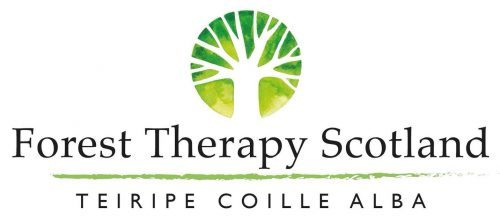Shinrin Yoku is a Japanese term that translates literally as “Forest Bathing”. It is a very gentle practice that involves walking very slowly and mindfully through the forest, taking in the forest environment with all of our different senses. Taking the time to really notice all the smells, sounds, sights, tastes and textures of our surroundings in a very relaxed way. Many cultures throughout history have spent time in nature this way, to build connection and relationship with the more than human world.
Forest Therapy is a research-based framework for supporting healing and wellness through immersions in forests and other natural environments, incorporating the simple mindful awareness and connection to nature that practices like Shinrin Yoku inspire.
Our Western fast paced lifestyles can leave the candle burning at both ends. Studies have shown that adopting the pace of nature through guided Forest Therapy walks has many health benefits, such as:
- Boosting our immune systems by increasing our natural killer cells, a type of white blood cell, that helps fight off infections and cancer.
- Lower levels of blood pressure and lower heart rate
- Stabilizing and improving mood and cognition
- Reducing feelings of anxiety and depression
- Increase creativity and problem solving
https://www.youtube.com/watch?v=wixyvQMCFj4
In this video the founder of the Association of Nature & Forest Therapy Guides & Programs, Amos Clifford, gives a brief introduction to the practice of Forest Therapy & Shinrin Yoku.
There are an infinite number of healing activities that can be incorporated into a walk in a forest or any other natural area. An activity is likely to be healing when it makes room for listening, for quiet and accepting presence, and for inquiry through all eight of the sensory modes we possess.
Baseline requirements for Shinrin Yoku “Forest Bathing” and Forest Therapy:
- There is a specific intention to connect with nature in a healing way. This requires mindfully moving through the landscape in ways that cultivate presence, opening all the senses, and actively communicating with the land.
- It is not something to rush through. Shinrin Yoku walks are not undertaken with the primary goal of physical exercise. We prefer to avoid the term “hiking” because of its implications of physical exertion. As taught by the Association, Shinrin Yoku walks are typically a mile or less and range in duration from one to four hours.
- Healing interactions require giving generously of our attention. We encourage mindfulness through an evolving series of suggested invitations (activities). Each invitation is crafted to help participants slow down and open our senses. As we do this we begin to perceive more deeply the nuances of the constant stream of communications rampant in any natural setting. We learn to let the land and its messages penetrate into our minds and hearts more deeply.
- It’s not a one-time event. Developing a meaningful relationship with nature occurs over time, and is deepened by returning again and again throughout the natural cycles of the seasons. Like yoga, meditation, prayer, working out, and many other worthy endeavors, Shinrin Yoku is a practice. And because it is a practice, it is best to learn it from a qualified guide like Caitlin Keddie, founder of Forest Therapy Scotland.
- It’s not just about taking walks in the forest. The walks are important, but there are other core routines that we can do that will help in our deepening relationship with nature, and in the exchange of health benefits between humans and the more- than-human-world. We often incorporate some of these practices in our guided Shinrin Yoku walks, particularly the practices of sit spot, place tending, and cross-species communication.
These five elements together provide a framework for the practice of Forest Bathing & Forest Therapy.
